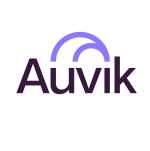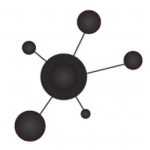We implement these solutions for our clients. We have implemented Datadog as an SIEM solution.
Because of our client focus, it is easy for us to sell. This is because it is easy to use and easy to set up.
While I like the ease of use, when compared with Tenable Nessus they could still improve their usability. They are okay, but there is room to be better.
They could have more integration.
They could be more intuitive as well. For example, the intuitivity of the user interfaces, and how long it takes for users to learn how to use Datadog.
It is not impossible to use, or impossible to do the administration with it but when you put these two next to each other, meaning Nessus and Datadog, Nessus comes out as the winner.
I have been using Datadog for two years.
We are not using the latest version, we have missed at least one update.
We have no issues with the stability of Datadog.
Datadog is a scalable product.
We have two customers who are using this solution.
Technical support runs 24/7. The technical support is absolutely fine.
We are also using Nessus. My experience using Tenable Nessus is better.
It is easier to install than to use it.
I was not the one doing the handling the installation. I'm a senior consultant, and I was coordinating, planning, and interacting with clients. But the actual installation, I was not involved with.
The installation could be done in an hour or so.
It is not complex, two professionals are enough to complete the installation and maintenance of Datadog.
With Datadog, it's a monthly fee. They prefer monthly subscriptions.
I would recommend this solution for medium enterprises with 100 to 1,000 employees.
Small business is too small for the way that Datadog operates. It is not the best for very large enterprises for a company with more than 1,000 employees.
I would rate DataDog an eight out of ten.



















